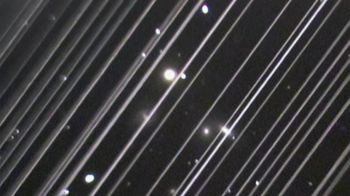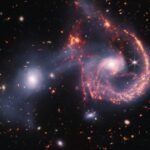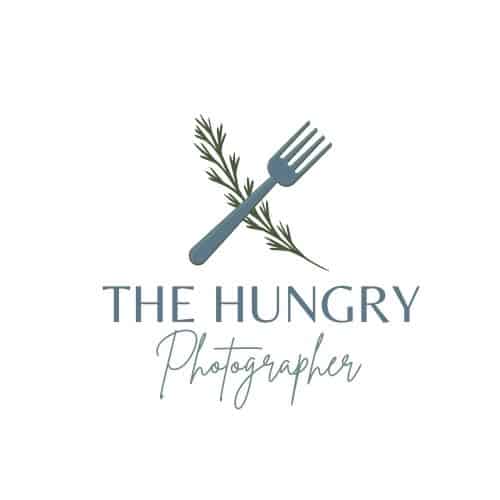Radio pollution from SpaceX’s new Starlink satellites is causing a major stir in the scientific community. Astronomers are raising alarms about the interference these satellites are causing to radio astronomy. The new generation of Starlink satellites, known as V2-mini, is producing 32 times more radio noise than their predecessors.
Radio astronomy relies on detecting faint radio signals from distant celestial objects. These signals help scientists study stars, black holes, and other cosmic phenomena. However, the radio noise from the new Starlink satellites is making it difficult for astronomers to capture these signals. This interference is a significant threat to the field of radio astronomy.
The Growing Problem
The issue came to light during a series of observations conducted in July 2024. Researchers at the Low Frequency Array (LOFAR) in the Netherlands found that the Starlink satellites were much brighter than expected. They appeared up to 10 million times brighter than some of the most precious targets of radio astronomy research.
Jessica Dempsey, the director of the Netherlands Institute for Radio Astronomy, expressed her concerns. She said that the satellite radio pollution interferes with measurements of distant exoplanets and nascent black holes. It might also obscure the faint radiation coming from the Epoch of Reionization, a crucial period in the history of the universe.
Why It Matters
The Epoch of Reionization began about one billion years after the Big Bang. During this time, stars grew bright enough to turn the atomic hydrogen in space into hydrogen ions. The energy emitted by this transformation can be detected today in low-frequency radio waves. However, these signals are very faint and can easily be lost in unwanted radio noise.
One of the main problems in radio astronomy is finding this primordial radiation. Unfortunately, the influx of these noisy satellites might make it impossible to capture these signals. This could result in the loss of valuable scientific data.
The researchers are puzzled by the excessive noise of the new Starlink satellites. They had previously studied the first generation of Starlink satellites and did not expect such a significant increase in radio noise. The team is now trying to understand what makes the V2-mini satellites so noisy.
The Impact on Astronomy
The interference from the Starlink satellites is not just a minor inconvenience. It has the potential to cripple some of the most sensitive radio telescopes in the world. The LOFAR radio telescope, one of the world’s most sensitive radio observatories, is already feeling the impact.
Astronomers use these telescopes to study a wide range of cosmic phenomena. This includes the jets emitted from black holes, the earliest galaxies, and distant exoplanets. The radio noise from the Starlink satellites is making it difficult to capture clear signals from these objects.
The Broader Implications
The problem is not limited to the LOFAR telescope. Other radio telescopes around the world are also affected by the radio noise from the Starlink satellites. This includes the Square Kilometre Array (SKA), the world’s largest radio telescope, which is currently under construction.
The SKA is expected to revolutionize our understanding of the universe. However, the radio noise from the Starlink satellites could hinder its ability to capture clear signals. This could delay or even prevent some of the groundbreaking discoveries that scientists hope to make with the SKA.
The Call for Action
Astronomers are calling for urgent action to address the issue of radio pollution from the Starlink satellites. They are urging SpaceX to take measures to reduce the radio noise from their satellites. This could include redesigning the satellites to minimize radio emissions or implementing better shielding to block unwanted radio waves.
The scientific community is also calling for stricter regulations on satellite emissions. They argue that the current regulations are not sufficient to protect radio astronomy from interference. They are urging international bodies to update the regulations to address the growing problem of satellite radio pollution.





